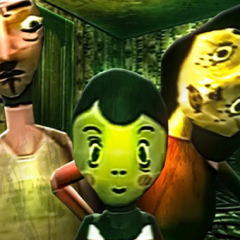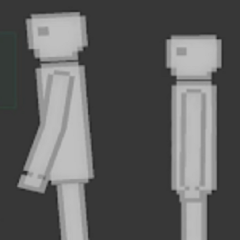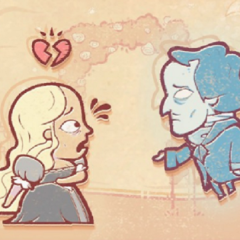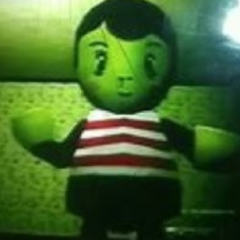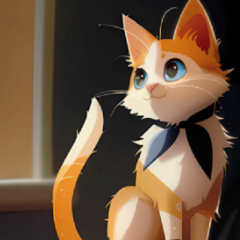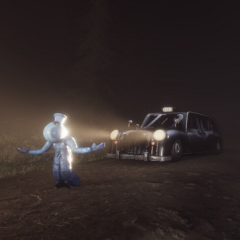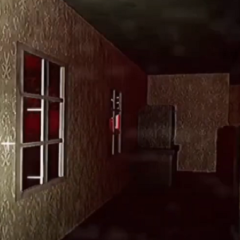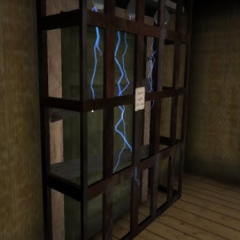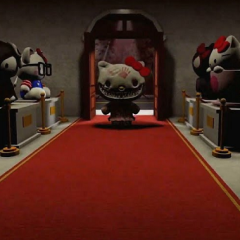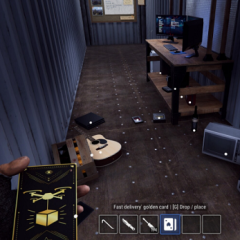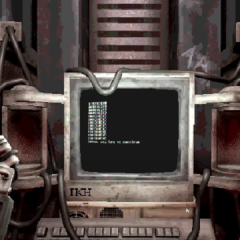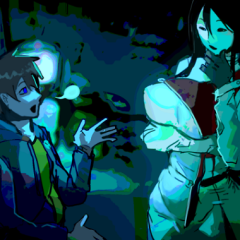Tentacles Gallery introduces players to an unusual environment that operates more like a living art installation than a conventional game. There are no clear goals or traditional gameplay loops. Instead, players move through a fragmented gallery filled with surreal displays, obscure visuals, and choices that hint at deeper meanings. What appears simple on the surface quickly becomes layered with metaphor, encouraging quiet reflection rather than action.
An Experience Shaped by Perception
Nothing in Tentacles Gallery is directly explained. The design leaves much to the imagination, relying on suggestion and subtle atmosphere. Rather than guiding players with dialogue or text, the game offers a space where exploration is driven by intuition. The experience can feel disjointed, unsettling, or oddly hypnotic—depending on how one interprets what is presented on screen.
Common themes and features include:
· Unusual architecture and shifting rooms
· Abstract forms that react subtly to player presence
· Ambiguous audio that suggests tone without language
· Repeated motifs that change meaning over time
· Movement-based progression rather than objectives
Symbolism Over Structure
Tentacles Gallery avoids structured gameplay in favor of symbolic progression. The player is not rewarded in typical ways, and there are no scores or upgrades. Instead, progress is internal—measured by how the player’s understanding of the world changes with each new space. Encounters with symbolic figures or strange installations often leave no clear answers, but they linger in memory, inviting the player to reflect on what they might represent.
A Quiet, Personal Journey
While many games seek to challenge or entertain, Tentacles Gallery feels designed to evoke thought. Its visuals are stylized but restrained, with a focus on tone rather than clarity. Players who engage slowly, pay attention to patterns, and revisit earlier rooms may find unexpected connections. There’s no correct way to interpret what the gallery contains, and that openness is part of its appeal.
Beyond Genre and Expectation
Tentacles Gallery sits in a gray area between game, art, and interactive narrative. It does not try to fit a category but instead invites players to simply experience. For those looking for something unstructured, layered, and reflective, this title offers a digital space that stays deliberately open-ended. The gallery is not meant to be solved—it’s meant to be seen.





